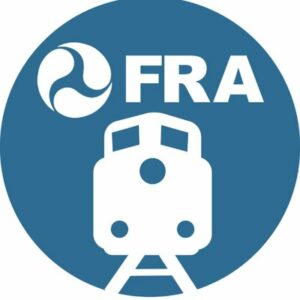 WASHINGTON — The Federal Railroad Administration has announced the availability of more than $1 billion in funding for passenger projects outside the Northeast Corridor under the Federal-State Partnership for Intercity Passenger Rail program.
WASHINGTON — The Federal Railroad Administration has announced the availability of more than $1 billion in funding for passenger projects outside the Northeast Corridor under the Federal-State Partnership for Intercity Passenger Rail program.
The announcement today (Oct. 1) covers new funding under the Bipartisan Infrastructure Law. Projects eligible for the funds expand or improve the performance of existing service, establish new service, or replace or rehabilitate infrastructure. The projects can address safety or reliability, and can include planning elements, such as environmental review or final design.
This funding follows the $8.2 billion in grants announced last December, which included $3.1 billion for California’s high speed rail project and $3 billion for Brightline West [see “FRA announces $8.2 billion …,” Trains News Wire, Dec. 8, 2023]. Those grants focused on funds for major construction and essentially bypassed projects seeking money for planning.
“This funding addresses infrastructure needs, reduces congestion, and expands access to reliable transportation options for people living in underserved regions,” FRA Administrator Amit Bose said in a press release, “all while honoring FRA’s commitment to working with states, Tribes, and stakeholders to reshape America’s rail network and lay the foundation for its future.”
The Notice of Funding Opportunity covering these funds is available at the FRA website and at the federal Grants website. Applications are due Dec. 16, 2024. More information on the Federal-State Partnership program is available here.






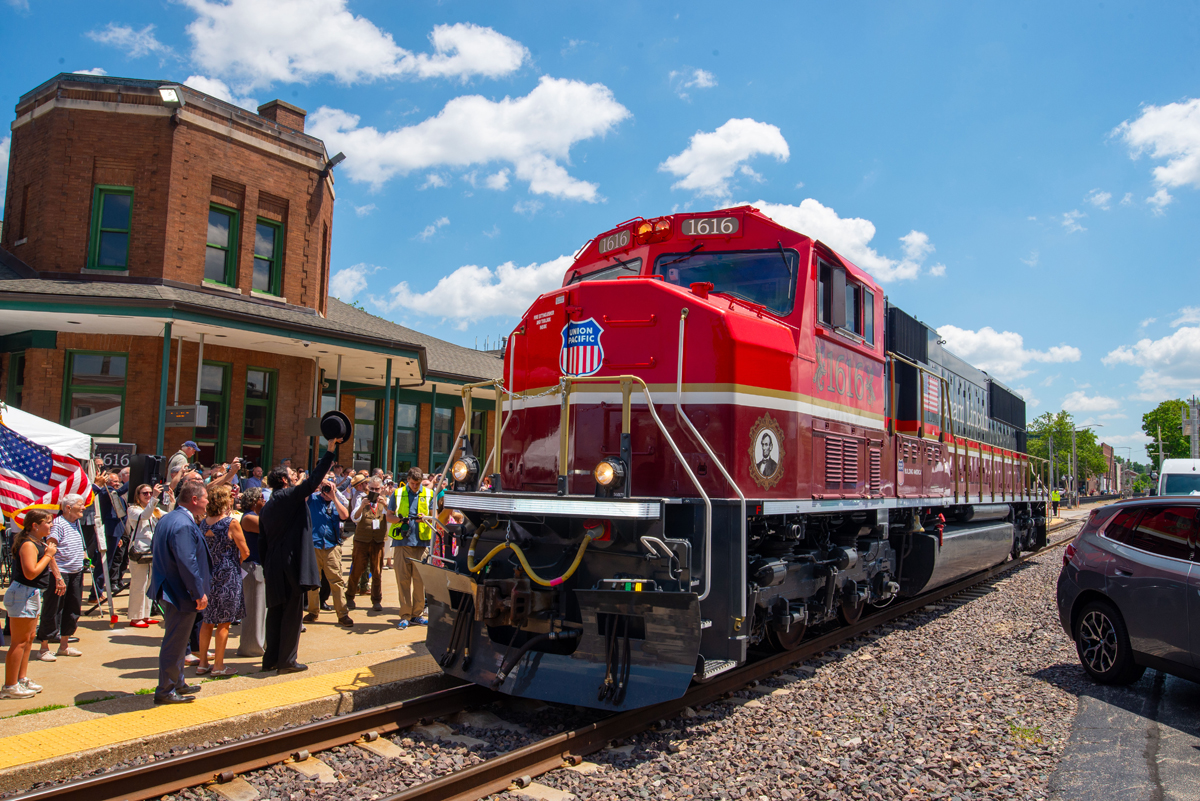
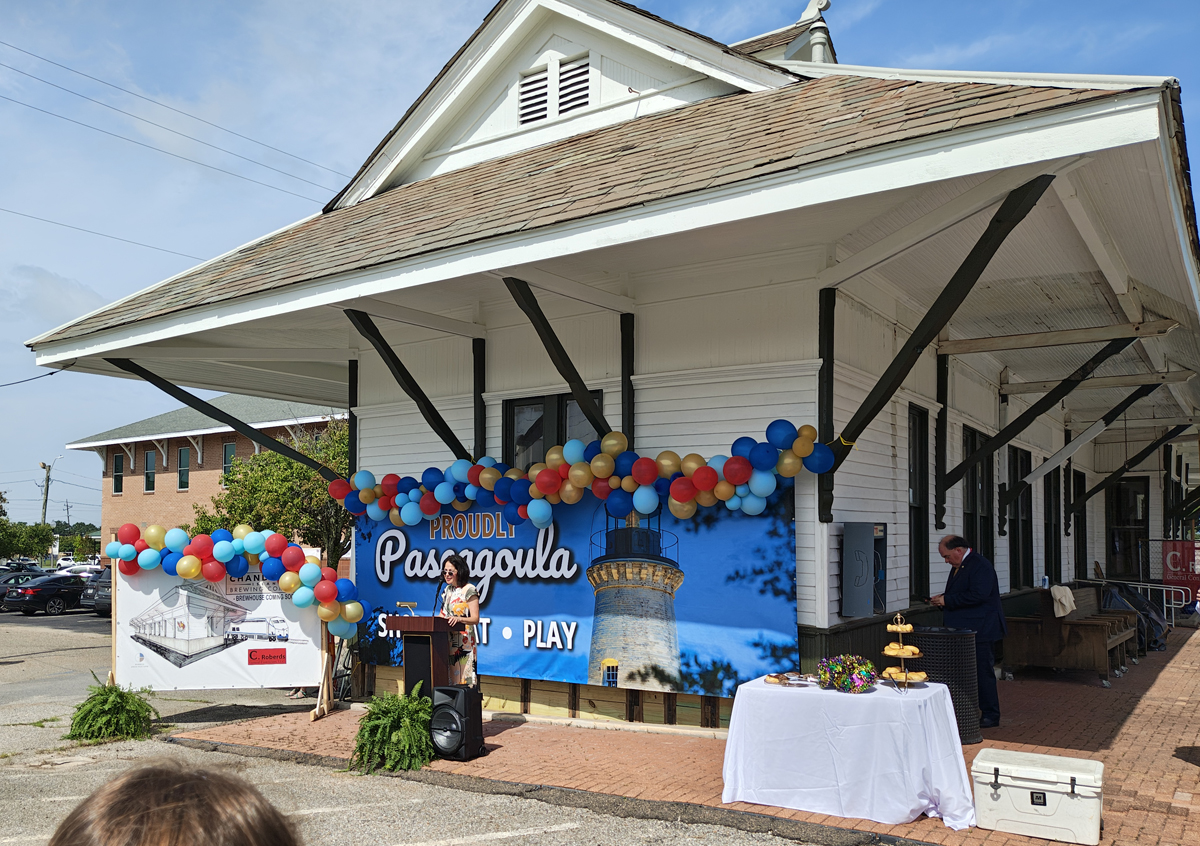
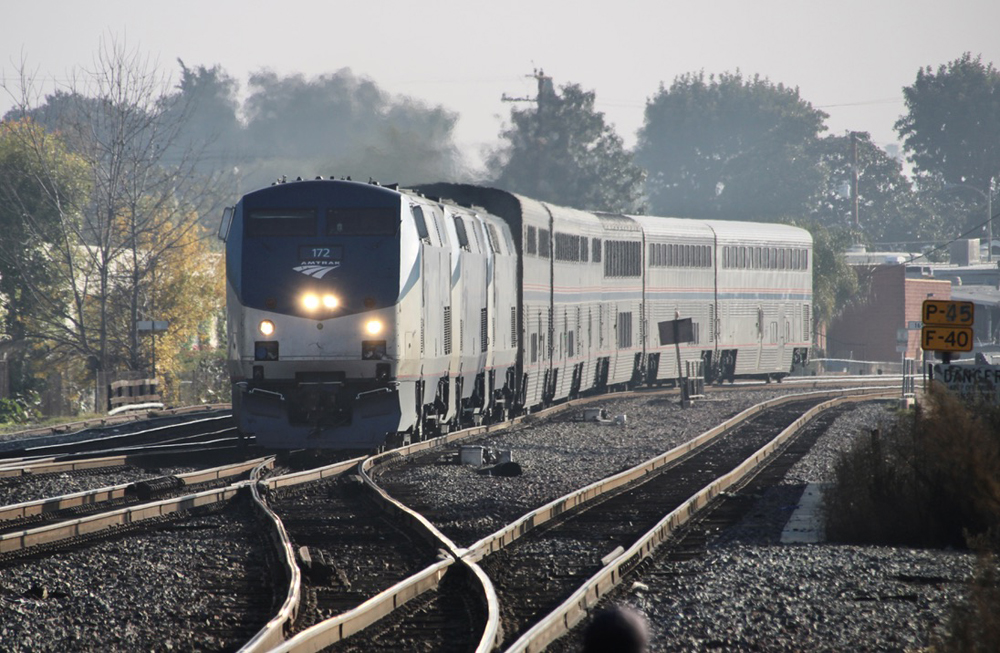
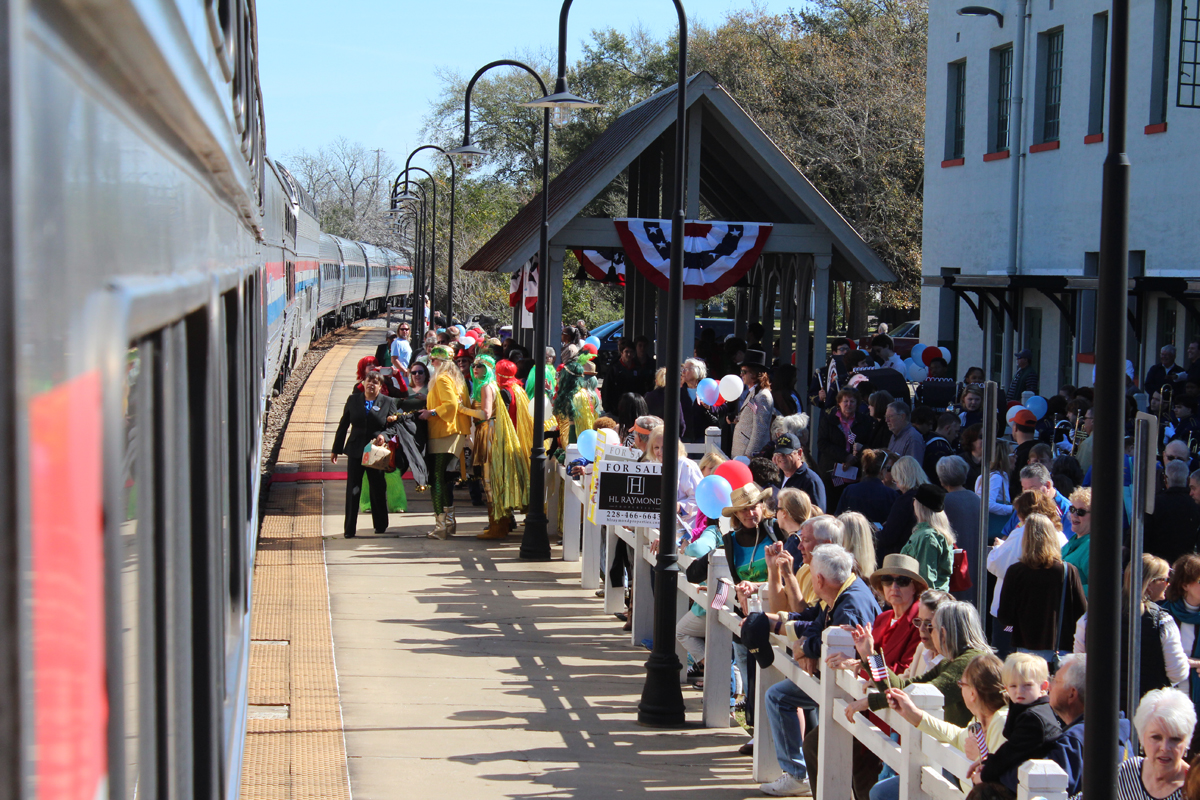




FRA money for passenger rail really should go to stand-alone grade-separated projects such as California’s high speed and Brightline West construction, and not to the freight lines for supposed enhancements to allow 79mph trains to share their rights of way. Remember, the PRR and NYC of years gone by ran what were essentially two parallel double track railroads side by side, one for passenger, mail, and express, and the other for slow, heavy freight.
Got to love it. Between California High Speed Rail $3.1 Billion and Brightline $3 billion, over $6 billion for one state. Doesn’t seem fair that California got three quarters of the $8.2 billion given away. Maybe a couple of bucks end up in Nevada.
So Washington doesn’t think Fly Over states could use a little of this money?
Although most the Brightline West route is in CA, the grant went to the NV DOT.
Mr Rice the Hwy Trust Fund has been bankrupt since 2009 Congress has siphoned over $100 Billion from the Treasury since then to keep it afloat plus 80% of the Infrastructure Bill Funding went to Hwys. AIr Traffic Controllers & the TSA are funded by non fliers tax $$. Brightline has now come to the Federal feeding trough for their western expansion. Maybe the Govt should just get out of the transportation business all together other than transportation safety regulations, problem solved!
Great Britain franchised routes & that didn’t turn out too well. Would these franchises do any better dealing with the RR’s?? I doubt it. As with most contractors they offer big savings to start then constantly hit you up for more & more $$ every time the contract renewal comes around it would become a revolving door & there wouldn’t be that big a pool of contractors who would be interested in such a venture look how few companies even manufacture psgr rail equipment. That’s the main problem as another commentor elicited is supplying passenger cars & all this new equipment coming on line with Amtrak, VIA & Bright will be scrap in 20 yrs it won’t have the lifespan of the Amfleet & Superlnrs this will mean large reinvestment on a regular basis but then again they should be able to tap the same “slush fund” that Hwys & aviation tap into for their endless expansion.
@Galen, if memory serves the British government subsidized the union workers wage for a period of time and then stopped. The carriers couldnt raise their fares enough to cover their pay and the workers went on strike.
There has to be a revenue source outside of rail operations that supplements the fare box. Brightline uses real estate investment income and pays their engineers union scale. Highways and airports uses fuel and ticketing taxes to cover their expenses. My take is that the passenger rail use tax has to be distributed and every state contributes, then the Feds match what the state collects it at a certain percentage, just like highways.
Look out, here’s another slush fund most of which will disappear into the pockets of consultants, lawyers, real estate speculators and so on. John Rice has it right. And worst of all, it might get disappear into the bottomless pit of Amtrak.
Instead of tossing these grants around like pennies from heaven, they should develop incentives for competitive bid passenger rail. Treat Amtrak routes like the FCC treats spectrum for cell phones. Auction them off and let the free market run their trainsets over those said routes.
All this money means nothing if it can’t be used to buy new equipment that works and is reliable. More routes just spread out the existing lack of equipment.
Oh, where even to begin? People who read that Brightline West is a private sector corporation mistakenly think it’s market-rate free enterprise. It’s not.
To continue, many taxpayers think the subsidy to Amtrak is only the visible part — the two billion or so annual operating subsidy. The capital grants are off the books.
As I often post, I’m NOT OPPOSED to these subsidies. I just want them transparently disclosed, that’s all. If you buy a ticket from, say, Boston to Washington, the visible subsidy for your ticket may be, to pick a number for the sake of illustration, $125. But add in capital recovery for the Portal Bridge, the Frederick Douglass Tunnels, and the Gateway tunnels, maybe the tax subsidy to your ride might be hundreds more, maybe a thousand more. Who even knows the number.
Before anyone of you piles on, yes, other modes are subsidized. That too should be disclosed. There ought to be a big sign at BNA Nashville International Airport that passengers get an almost free ride on Cape Air to Owensville (KY), Marion (IL), or Corinth (MS), courtesy of the taxpayers. Is Cape Air free enterprise? No, it’s a tax subsidized contract carrier.
Oh, sorry, it’s spelled Owensboro (KY) I think.
😀 trains do encounter certain areas of slow running. Maybe it is time to build bypasses around some slow areas?
Or inquire of the host RR what it would take to improve them on existing ROW… lots of legacy restrictions awaiting fresh eyes and funding